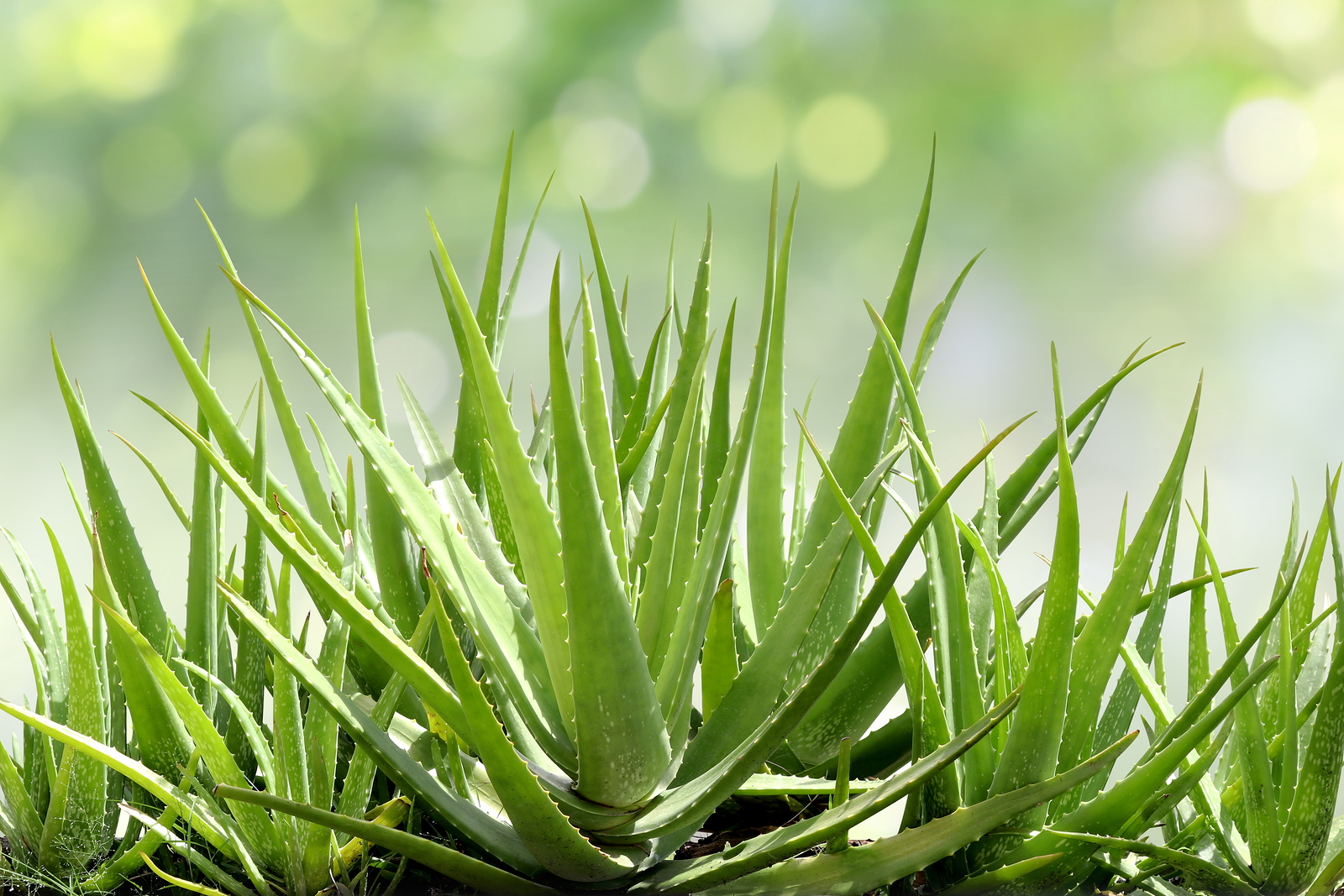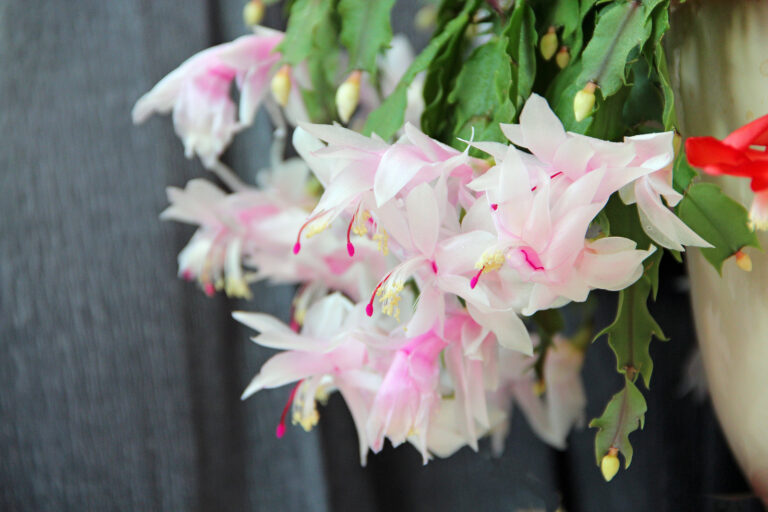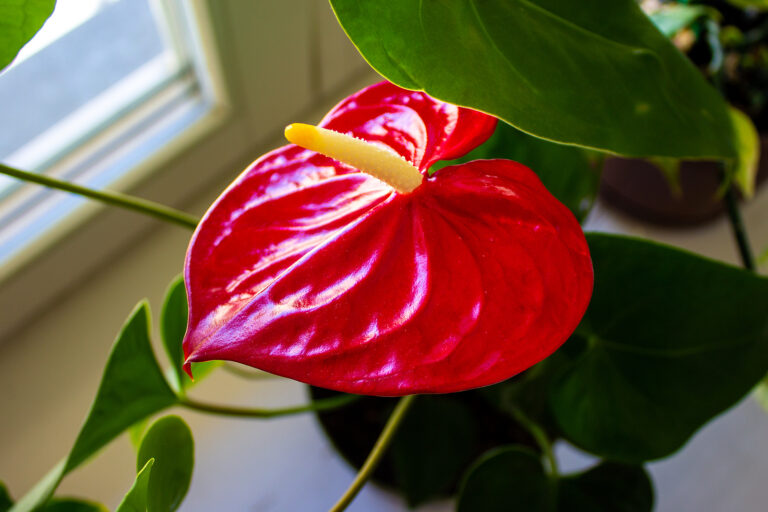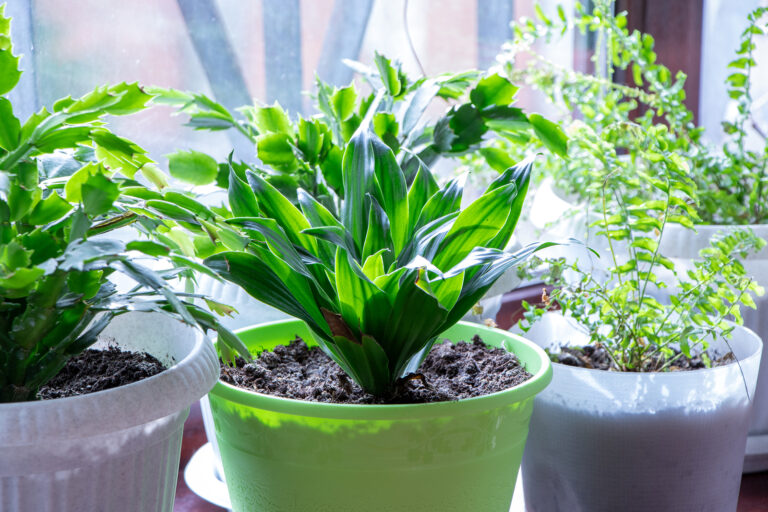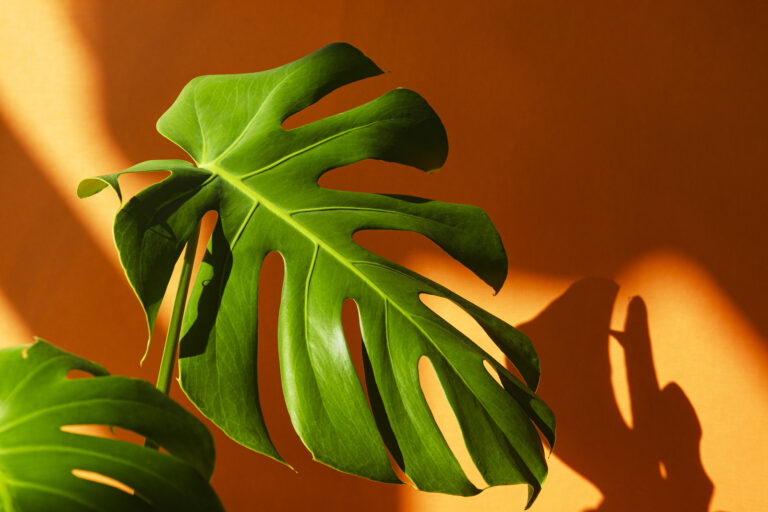How to Grow Aloe
Aloes are succulent perennials that grow in a rosette of serrated, soft, sword-like leaves. Aloes range in size from 1 inch (2.5cm) to several feet tall depending on the variety. Aloe is easy to grow as a houseplant. It can be grown outdoors in regions where winter temperatures do not fall below 40°F.
Aloe is a genus of perennial succulent herbs native to the Cape of Good Hope and belonging to the Lily Family. They should not be confused with the Agaves of America which they somewhat resemble. There are 200 to 250 species in the Aloe genus, ranging in size from dwarf to 15-foot (4.5 m) tree-like specimens.
Aloe leaves are fleshy, stiff, and spiny along the edges, often large and crowded together into a somewhat picturesque rosette making them attractive ornamental plants. The flowers produced in irregular showy spikes sometimes extend to 20 feet above the ground are mostly reddish shades, a few being yellow, orange, or whitish green.
Aloe can be grown in pots in sandy loam soil with a little peat and aged compost added. the soil must be compactly rammed snugly about the roots. Unless active growth is evident, very little water is given. Alow can remain in the same pots and soil for several years.
Aloe is a reluctant indoor bloomer, but when flowers appear, they range from pale pink to red to yellow.
Aloe propagation is by suckers, cuttings, or sprouts at the base of leaves, or seeds.
Get to know Aloe
- Plant type: Subtropical succulent perennials; houseplant or specimen in the ground depending on growing zone
- Growing Zones and range: 8-11
- Optimal growing temperature: day, 68° to 75°F (20° to 24°C); night, 50° to 55°F (10° to 13°C).
- Hardiness: Can withstand a low temperature of 40°F/10°C
- Height and width: 6” rosette to 30’ tree, depending on the variety
- Foliage: Thick, pointed succulent leaves form stemless rosettes; leaves can be green or variegated or spotted with white or gray.
- Flowers: Aloes bloom every year with long-lasting, brightly colored flowers in yellow, orange, pink, or red on tall spikes.
- Bloom time:
- Uses: Houseplant, garden specimen in warm zones
- Botanical name: Aloe spp.
- Common name: Aloe
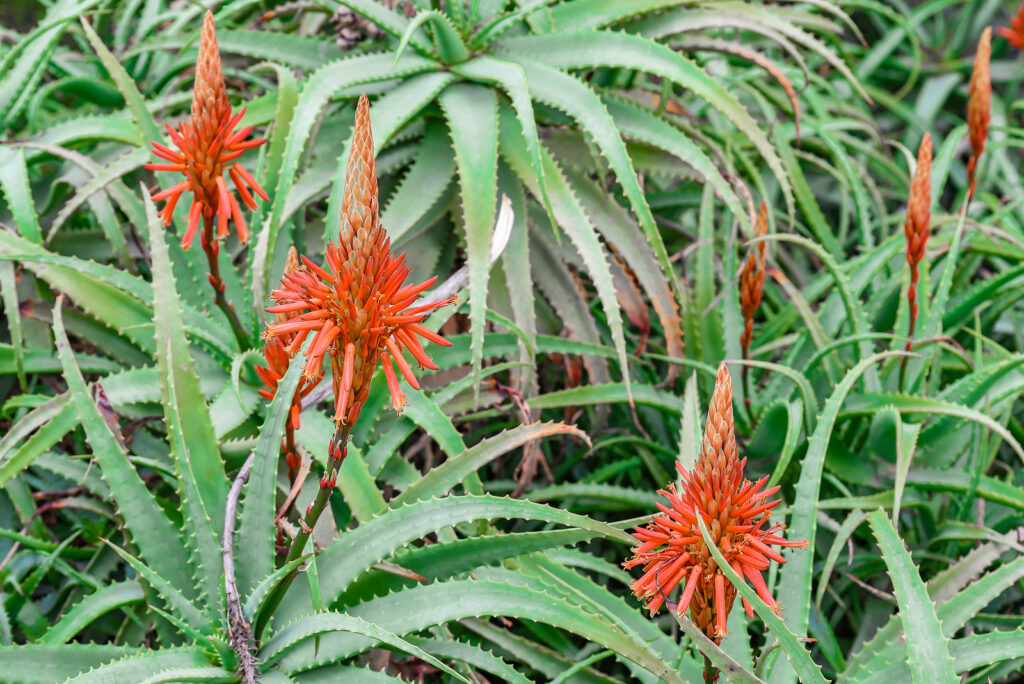
Where to plant Aloe
- Grow aloes in average home temperatures, 70°F during the day, with a 10-degree difference between day and night. Aloe can withstand a low temperature of 40°F/10°C.
- Indoors grow Aloe in bright, filtered light from southern, southeastern, or eastern exposure. Does well under artificial light, needing 12 to 16 light-hours daily. Air circulation is important.
- Grow aloe in an all-purpose soil mix with added sand for the best drainage.
How to water and feed Aloe
- Water aloe when the soil is dry. Always keep the soil on the dry side. Overwatering causes root rot. Let soil dry between thorough waterings.
- Aloe wants humidity of 20% to 25%.
- Feed Alow monthly during the growing season, with low-nitrogen, high-potassium fertilizer.
Aloe care
- Repot Aloe when roots occupy ½ of pot space. Mature plants may become top-heavy and topple over. Repot in cactus mix.
- Aloe plants rest during winter, except for A. arborescens, which rests in fall and grows in winter. Decrease exposure to light to 5 hours, site in cool location, 50°F (10°C). Give just enough water to keep leaves from withering; withhold fertilizer.
Growing Aloe as a houseplant
- Provide Aloe with direct light, average room temperature, and low humidity.
- Keep the soil on the dry side; water infrequently.
- Fertilize in summer.
Aloe pests and diseases
- Check for aphids, mealybugs, spider mites, scale insects.
- Be alert for fungus disease.
- Aloe is susceptible to crown rot.
Aloe propagation
- Aloes multiply to form large clumps; remove offsets at any time and replant them.
Aloe varieties to grow
- There are hundreds of Aloe species in many shapes and sizes.
- Aloe arborescens (tree aloe, candelabra aloe) hardy (to 30°F) species withstands drought, sun, slat spray, and shade; sword-shaped, gray-green leaves in rosettes arranged along a woody stem; wintertime flowers are bright vermilion to clear yellow.
- A. aristata (lace aloe). Grows to 6 inches (15 cm) tall, with a closely packed rosette of narrow gray-green leaves, 4 inches (10 cm) long; leaf edges bear white teeth, tips are bristled, undersides carry bands of white dots; flowers appear in summer.
- A. barbadensis (unguentine cactus, medicinal aloe, often called A. vera,). Thick, gray-green leaves become speckled; stemless rosettes; stemless clumps up to 24 inches (61 cm) tall, with white to red teeth on the edges; when cut, leaves ooze a sap which heals cuts and burns; dense cover of yellow blossoms; analgesic pulp that soothes minor burns; good potted plant for kitchen window.
- A. humilis, spider or crocodile jaws. Stemless clumps of blue-green leaves with white teeth on the edges and white dots on the undersides; leaves curve upwards around 12 inch (30 cm) tall flower spike.
- Aloe jucunda is a dwarf with 3-inch rosettes.
- A. mitriformis (purple crown). Bluish green leaves with sharp teeth; tubulst dull scarlet flowers.
- A. nobilis (golden-toothed aloe). Grows 24- to 36-inch (61 to 91 cm); prickly-edged, dark green leaves edged with small, hooked teeth; 2-foot stalks bear red orange blooms.
- A. saponaria. Short-stemmed, broad, clumping plant with pale to dark green leaves with whitre marks, long-lasting reddish orange flowers.
- A. variegata (partridge breast, tiger aloe). 9 inch (23 cm) tall, stemless clumps; dark green, 5-inch leaves are banded like roof tiles and edged with white; loose flower clusters, red or pink, bloom throughout year; flowers emerge on 12-inch (30 cm) spikes.
- A. variegata, tiger aloe, partridge breast. Dwarf species that grow to 6 inches tall; leaves are olive green striped with irregular whitre bands.
- A. vera. Basal rosettes of lance-shaped, fleshy, gray-green leaves with toothed margins; also called medicine plant, exudes a sap that soothes the skin.

